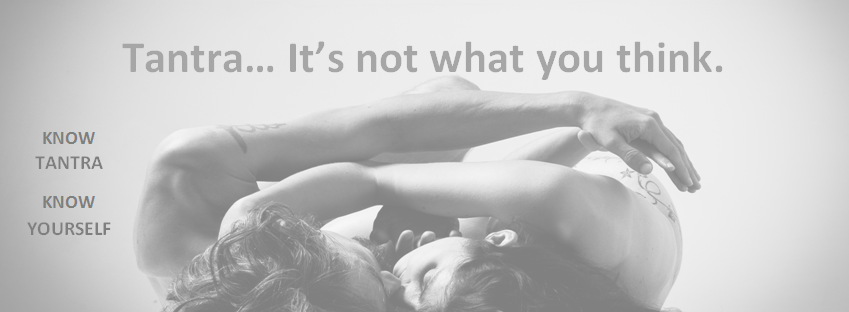Is 'Tantric Massage' really Tantra? ... Short answer:
"It depends."There are many different forms of Tantric Massage. Some are quite controversial and this has created confusion around the whole subject.
So, what's all the fuss about? ...
There seems to be no hard evidence for the existence of 'Tantric Massage' (as it is now practised) before the 20th Century.
Some elements of Tantric Massage have a correspondence with Ayurvedic and Yogic knowledge of the human energy system and some techniques seem to have come from Tibet, possibly influenced by Tibetan Buddhism.
Although there is no universal definition of what constitutes a 'Tantric Massage' and anyone can create their own form of massage and arbitrarily call it 'Tantric', typically, some elements of what goes by the name of Tantric Massage have come from the Taoist teachings of Mantak Chia.
Some elements that are commonly found in Tantric Massage have their origin in the work of Wilhelm Reich and his students, which gave rise to techniques known as 'body-psychotherapy' such as Bioenergetic Massage.
So, serious practitioners of 'Tantric Massage' often have a strong grounding in either 'Western' or 'Eastern' therapeutic practices.
When is 'Tantric Massage' genuinely Tantra?
The word 'Tantra' sells.
But it takes more than some New Age music, incense, pictures of Yantras or Indian gods, and gazing into each other's eyes, to make a massage genuinely 'Tantric'.
It should be understood that 'Tantra' is originally a system dedicated to the attainment of Liberation, or what is traditionally known as Moksha.
A massage that is just sensual or erotic, even if it relates to sacred sexuality, is not necessarily 'Tantric' - even if it the practitioner has had training in Ayurvedic, Tibetan or Taoist therapeutic techniques.
If the practitioner is able to work with the nadis or 'energy currents' and the life-force energy in a way that either activates, regulates or prepares for the activation of the primordial life-intelligence known as 'Kundalini', then it could be valid to call it 'Tantric Massage'.
Until new evidence regarding ancient forms of Tantric Massage comes to light, it could be argued that any 'Tantric Massage' would always be a form of 'neo-Tantra' in the sense that it is an adaptation of classical Tantra.
It could also be argued that a massage that does not include some form of Pranayama, visualization, voicework/mantra, or other key elements of Tantra should not really be classified as 'Tantric Massage'.
It could also be argued that if there are no traditional teachings to be found on Tantric Massage before modern times then all Tantric Massage should be designated as 'neo-Tantric' Massage.
However, even this is not necessarily helpful to those who are seeking clarity.
For some people 'neo-Tantric' implies that it's all about sex and pleasure. For others 'neo-Tantric' may simply imply that it is a recent version/adaptation of Tantra, possibly combined with methodologies from other traditions such as the Taoist as well as modern healing techniques and sexology, but not necessarily straying from the focus on Liberation as the ultimate goal.
To take this question further, it could be useful to understand what is the difference between 'neo-Tantra' and 'classical Tantra'. This is for most a very confusing subject. If you wish to gain clarity on this you are very welcome to sign up for the Tantra Fundamentals module of the Tantra training - click here for info.
If you would like advice on finding a reliable school or practitioner of Tantric Massage in your area, feel free to contact me at the address below.
As a result of my experience with Tantra and the Taoist arts and my time as a therapist, having practiced several forms of energy-work, breath-work, body-work and voicework I developed my own approach to massage - EnergyFlow Massage - which is a form of 'Tantric Massage' which I have taught during the last 4 years in Portugal. See TESTIMONIALS here.
I have also trained with Anand Rudra who is a humble master of Tantric energy-work and who is very skilled at combining ancient and modern techniques and perspectives to accomplish great shifts in awareness.
If you wish to train with me in EnergyFlow Tantric Massage, courses will soon be available at Senhora D'Azenha in Sintra, Portugal.
Anand Rudra will also be coming to teach more courses at Senhora D'Azenha during 2016-7.
For more info, contact:
peter@inspirationtantra.com



